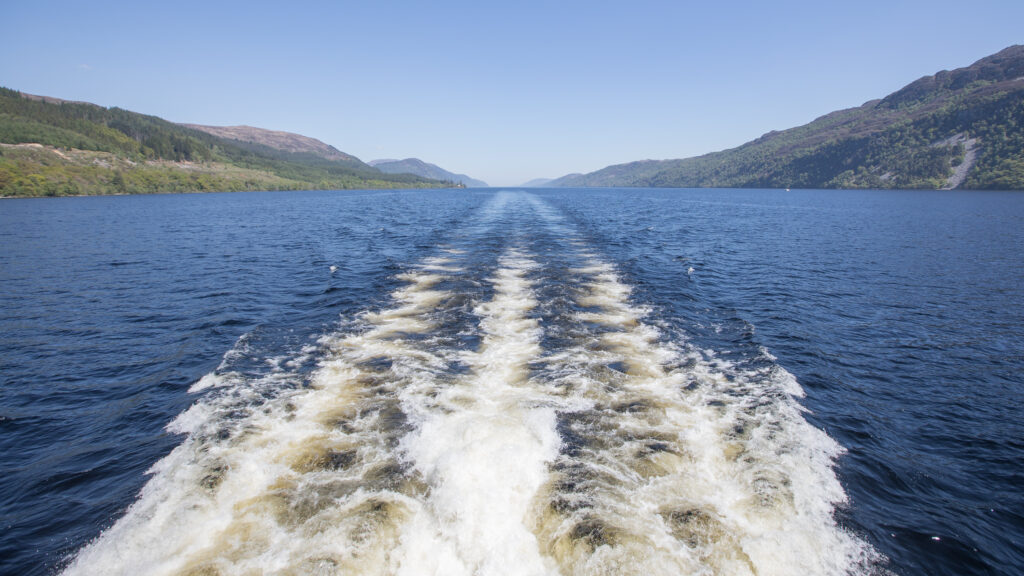Whether the phenomena seen at the surface could be Nessie will continue to be debated and there are many theories on the subject. So, let us take a look at the history of the Loch Ness monster and see if it provides any clues. The first recorded sighting of a mysterious creature in the loch was in 565AD by St Columba, a Scots/Irish missionary who was preaching Christianity to the native Picts in the area.
The story was probably just a parable to show the power of the church of the Christians. Sightings of a big fish occurred in the nineteenth and early twentieth century, but in 1933 the story suddenly exploded upon the world with a series of sightings and photographs. The most famous picture, that of a graceful neck protruding from the water, turned out to have been faked, but it will always remain the iconic image of the Loch Ness Monster.
Scientists have shown that long necked animals could not live in the cold water owing to its temperature and the lack of an adequate food supply.
Some will be mistakes, diving birds and even deliberate invention. The vast majority of sightings are of a single hump and those could be large living creatures. Sonar confirms strong contacts in the deep water – the domain of fish rather than air breathers. Sadly the bulk of evidence collected has been mistakes, fakes or difficult to interpret.
One suggestion is that sturgeon may have been introduced to the river system and it is known they can live for centuries and grow to enormous proportions. The world record being 8.3 metres and over 240 years old. It might not be a very romantic monster, but at least it could be a real creature.

